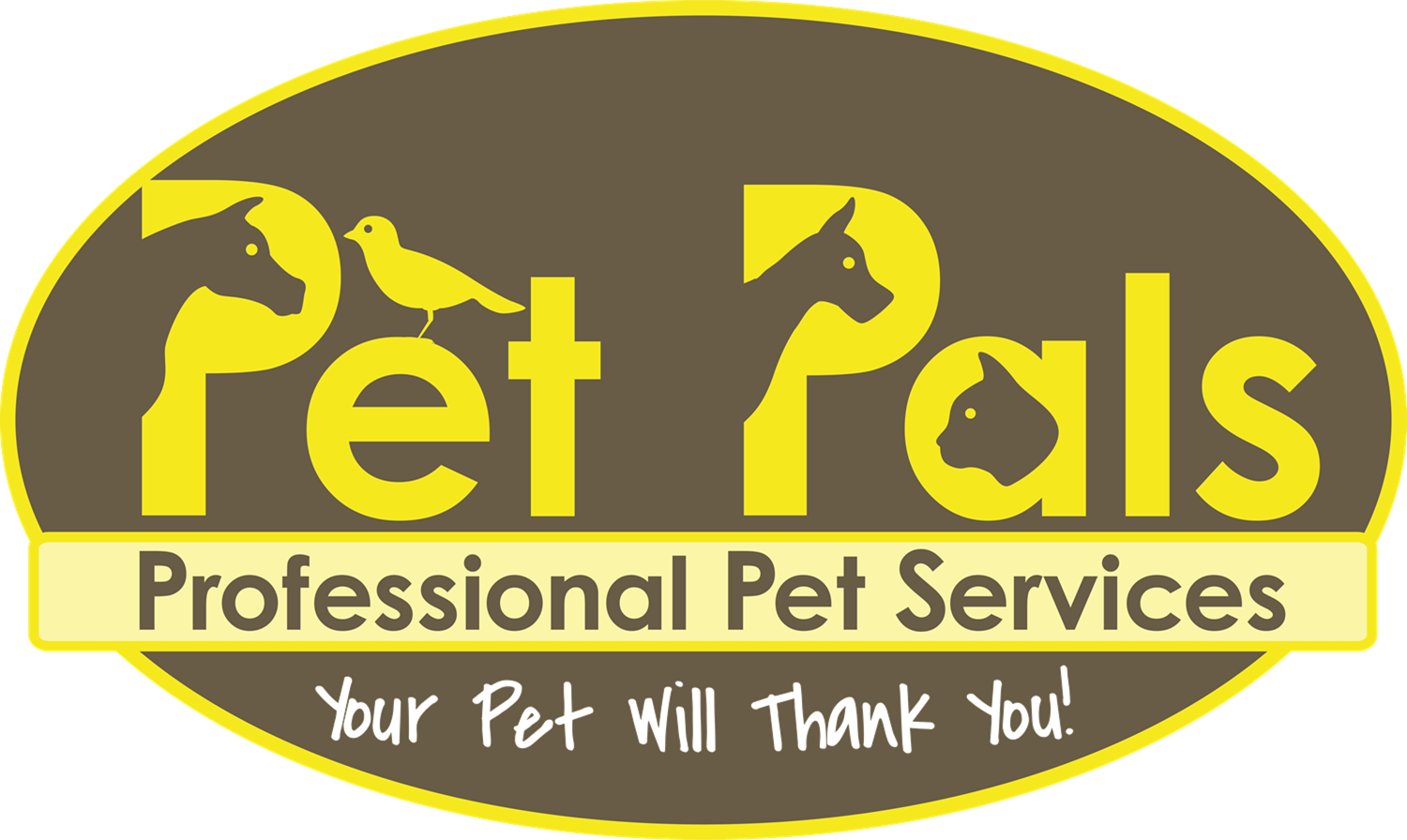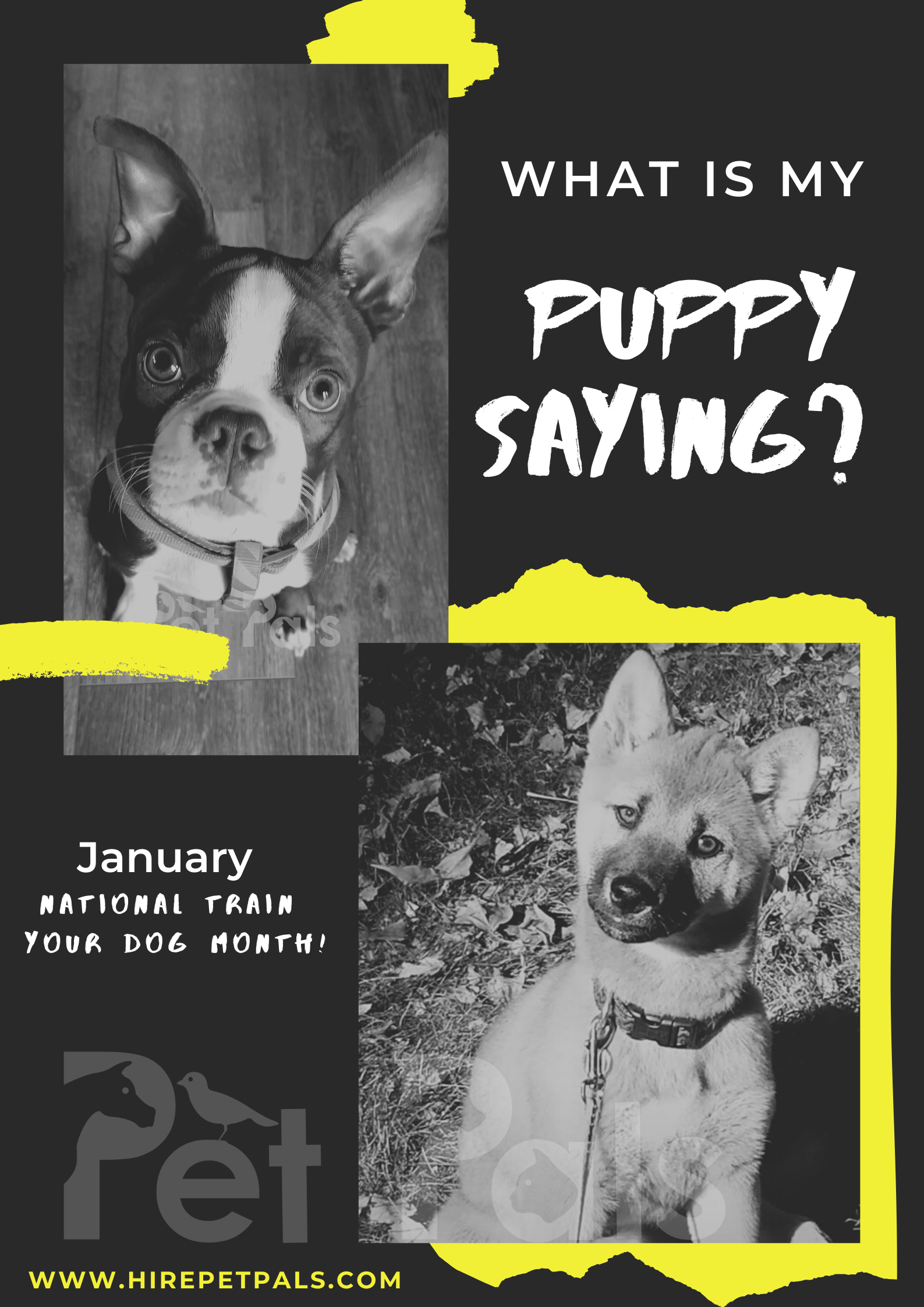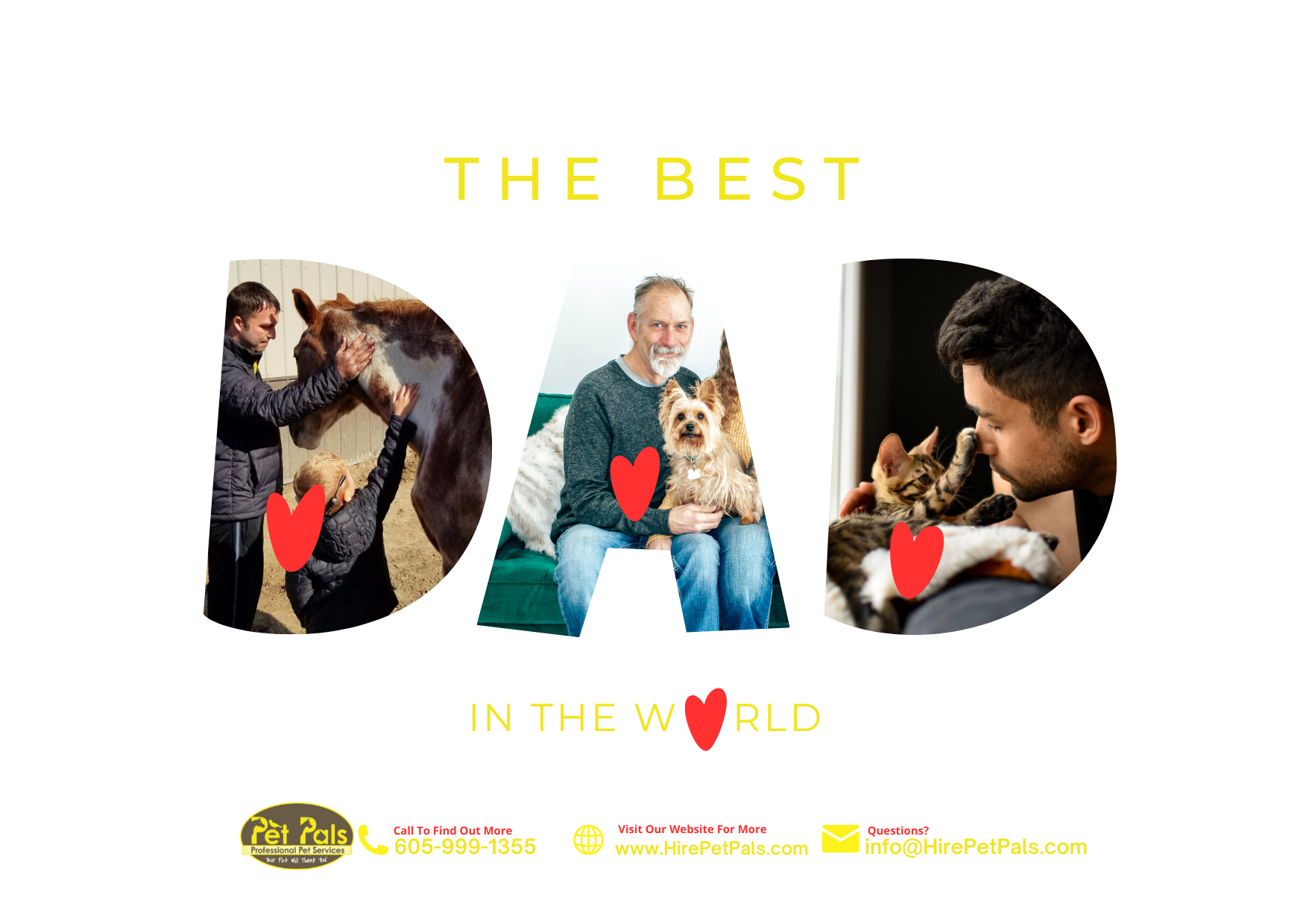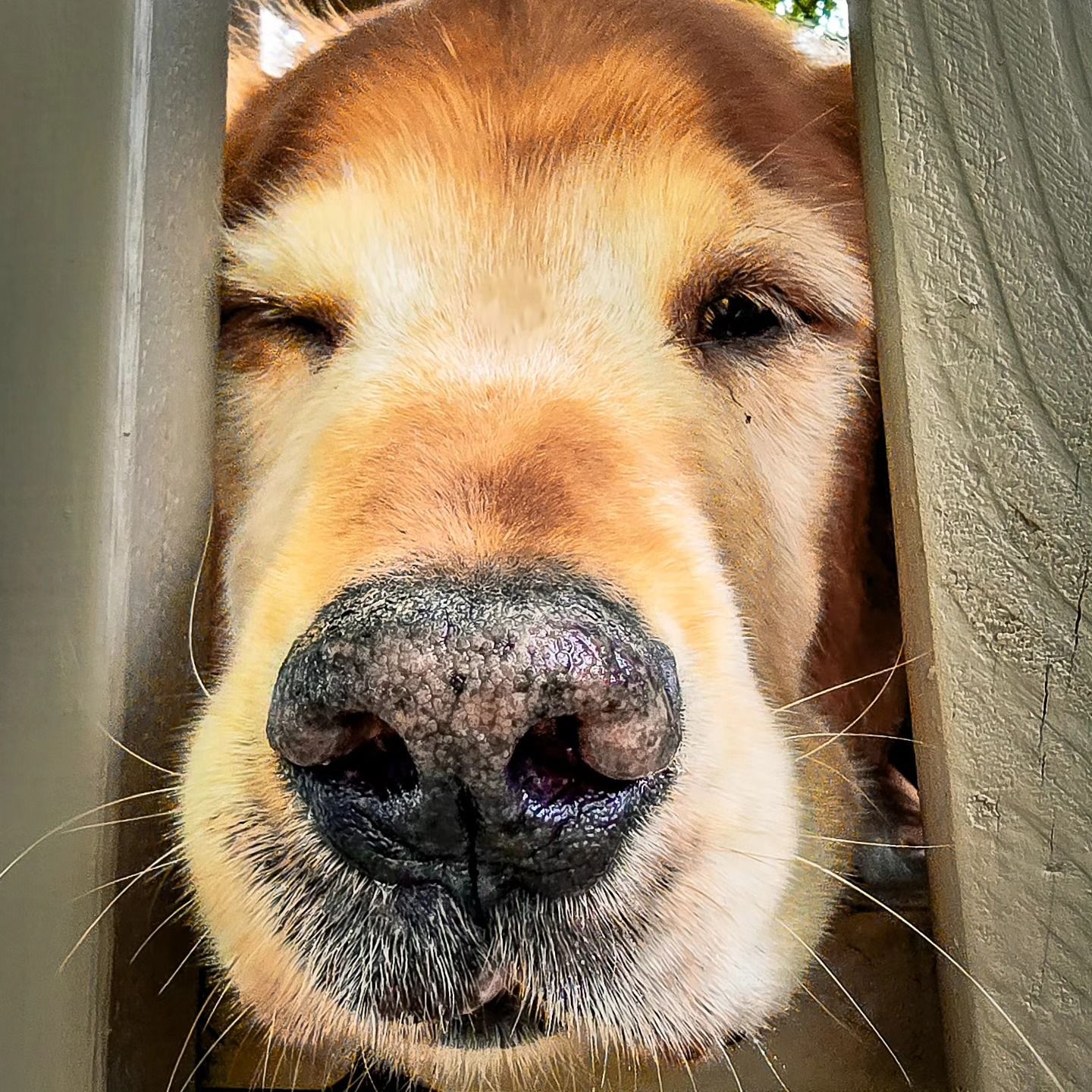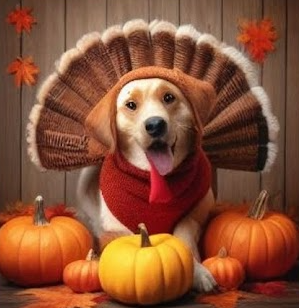What is my Puppy saying?
Pet Pals LLC • February 1, 2020
Understanding dog body language is extremely helpful when communicating with your dog.
Training is the act of communicating with your dog and/or puppy. It takes daily practice, but it's the key to a strong bond with your dog baby. Consistent training and education will create trust and respect for one another.
Pet Pals ran a month long series about "puppies." Truth be told this information can work with any age of dog or any breed! If you missed any of blog post in the series check them out here!
The last post of this series is about dog language.
There is so much goodness about dog body language online, the key is to search it, learn it, and practice it. Understanding dog body language is extremely helpful when communicating with your dog. Like us, dogs communicate their moods through postures, and when we can understand those postures, we can finally understand what a dog is doing and why it’s doing it. A lot of dog postures communicate desires, moods, and ranks. They’re easily interpreted by canines, but not people. We may for example misinterpret a wagging tail as a sign of friendliness when it could mean a dog is scared and doesn’t want you to hurt it, or it could mean that the dog will bite you if you continue toward it or its territory. The best way to interpret dog body language is to observe all of its body parts: the facial expression, the stand, the tail, the wrinkles… everything. You can’t depend on just one part to fully interpret a message especially if you’re dealing with a dog with a docked tail or curly tail for example.
The following cues will help you correctly interpret your dog’s mood:
Body
A sulking low body crouched to the ground indicates submission, fear, or fear-aggressiveness
A standing, raised, and forward leaning body indicates aggressive or predatory excitement.
A front-leg extended bow with head down and air-borne rum indicates a desire to play or get some attention
A belly exposed body laid on the back indicates submission or fear.
Ears
Fully lifted, open, forward facing ears indicate high interest.
Partly lifted, open, forward facing ears indicate a pending interest.
Halfway lifted, open, sideways facing ears indicate a worried interest.
Lowered, downward or backward facing ears indicate worry and a desire to leave.
Lowered ears that are plastered to the head indicate outright fear.
Eyes
Hard, staring eyes indicate dominance, aggressiveness, or prey behavior.
Averting eyes indicate submission or fear.
Darting eyes that move to and fro indicate fear or nervousness.
Head
A high head indicates interest.
A high head and arched neck indicates rank over another.
A high tilted head indicates curiosity.
A horizontal head and neck, stiff but forward leaning and slightly crouching body indicates the dog will rush forward at any moment out of curiosity or aggression
A horizontal head and neck (or lowered head), stiff but backward leaning and slightly crouching body indicates the dog wants to run away. It could also indicate fear-aggression.
A horizontal head and neck (or lowered head), stiff but curved body indicate extreme fear and self protection. In this position, the head and rump face the same way.
A lowered head, averting eyes, and crouched body indicate submission to a higher ranking creature.
Tail
A high tail that’s straight and still indicates the dog perceives potential danger.
A high, wagging straight tail indicates dominance and anticipation of a fight.
A high tail that wags in a small arc indicates a desire to befriend a dog of the same rank without conflict, or sexual interest
A tail that gently wags in a wide arc indicates friendliness, interest, and enthusiasm.
A stiff tail that stands straight out indicates interest and pursuit.
A still tail indicates interest only.
A horizontal tail with a drooping tip indicates indecision over whether to go forward or run away.
A gently wagging tail indicates friendliness and a lack of confidence.
A wagging tucked tail indicates a lack of confidence and a low rank.
A still tucked tail indicates fear and/or fear-aggression.
A tightly tucked tail on a dog that lays on its side or back indicates complete submission. A dog communicating the same may also want to pee.
Training may save your dog's life. When a dog responds to your direction, you can impact its behavior in any situation, so make Training a priority. There are many classes and guidance available, Pet Pals Dog Mentorship Program
is a great starting point!
Email Submissions
Send us your email
address and we'll send you future Pet Pals emails containing promotions, event notices, blog updates, and more.
IMPORTANT:
Pet Pals is responsible and respectful with your email. We will not sell or give your email to other people and will not spam you.
